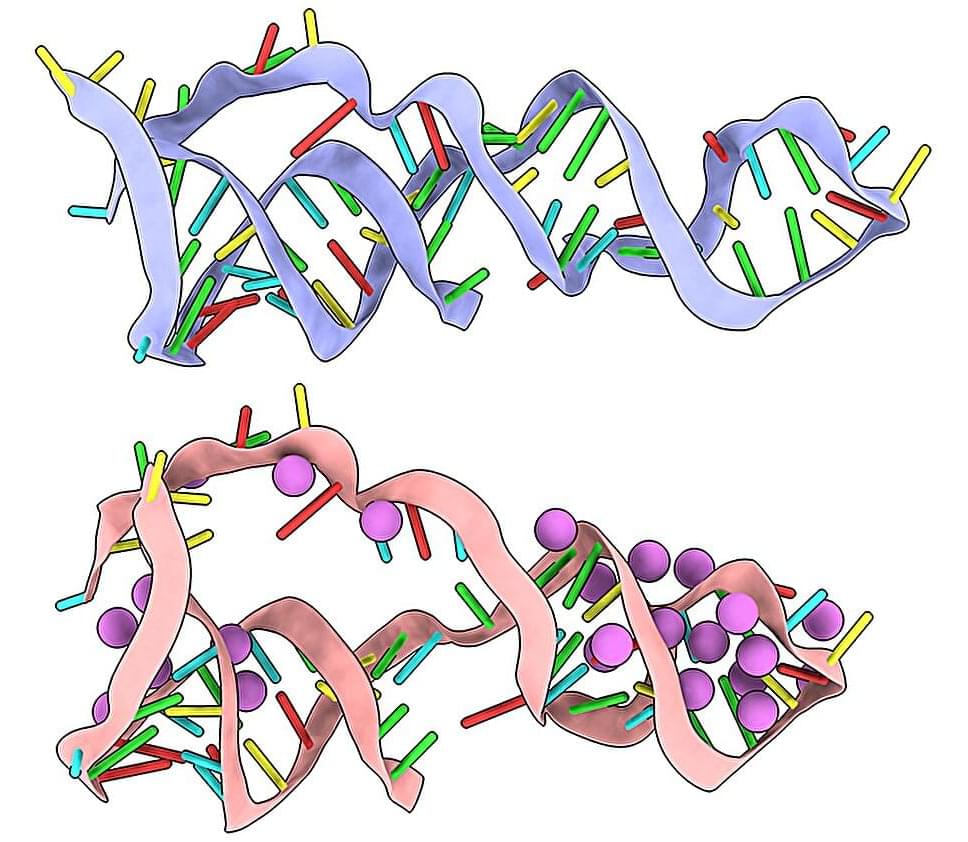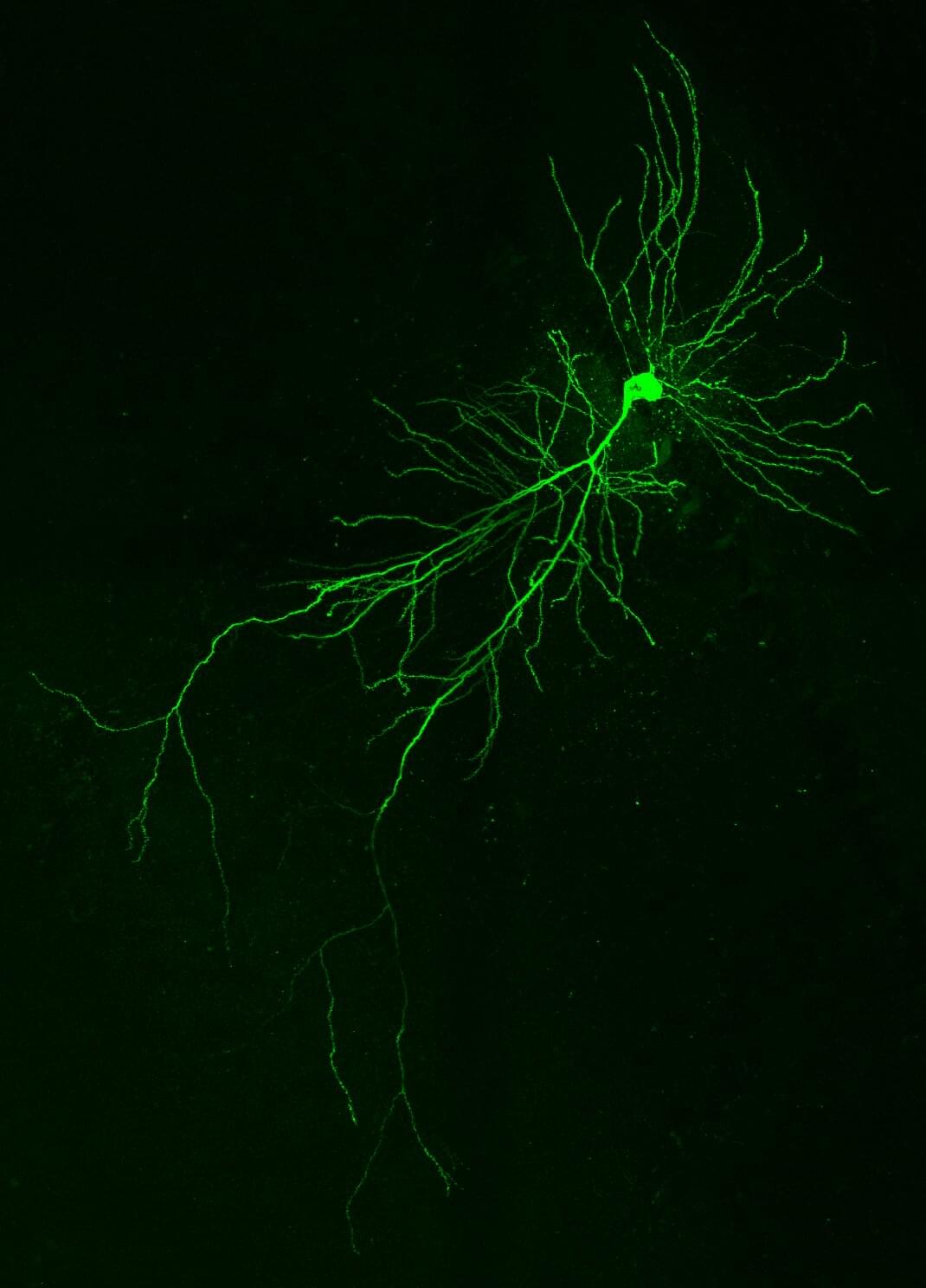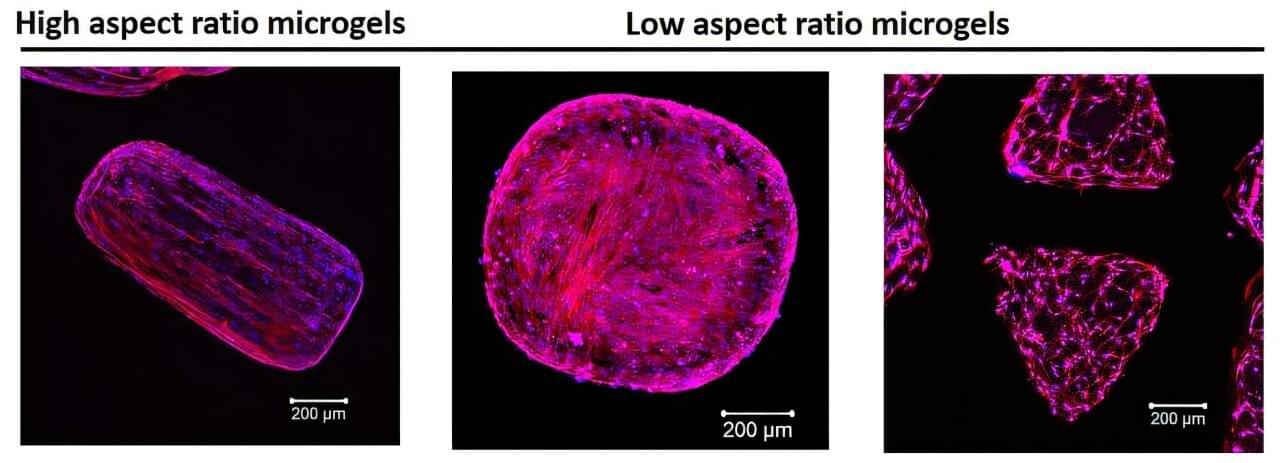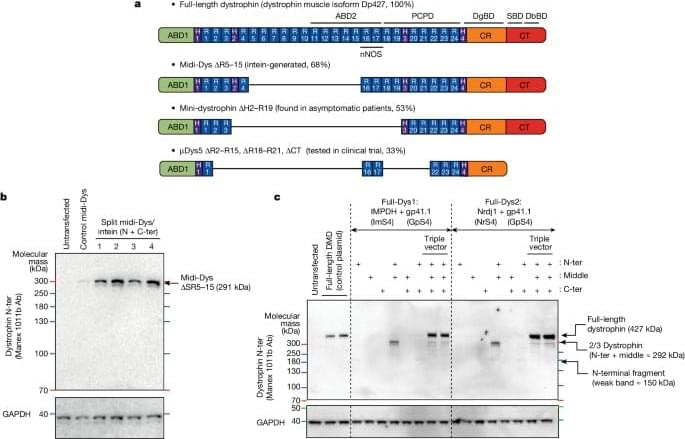In Biology 101, we learn that RNA is a single, ribbon-like strand of base pairs that is copied from our DNA and then read like a recipe to build a protein. But there’s more to the story. Some RNA strands fold into complex shapes that allow them to drive cellular processes like gene regulation and protein synthesis, or catalyze biochemical reactions.
We know that these active molecules, called non-coding RNAs, are present in all life forms, yet we’re just starting to understand their many roles—and how they can be harnessed for applications in environmental science, agriculture, and medicine.
To study—and potentially modify—the functions of non-coding RNAs, we need to determine their structure. Scientists from Lawrence Berkeley National Laboratory (Berkeley Lab) and the Hebrew University of Jerusalem have developed a streamlined process that predicts the structure of an RNA molecule down to the atomic level.









